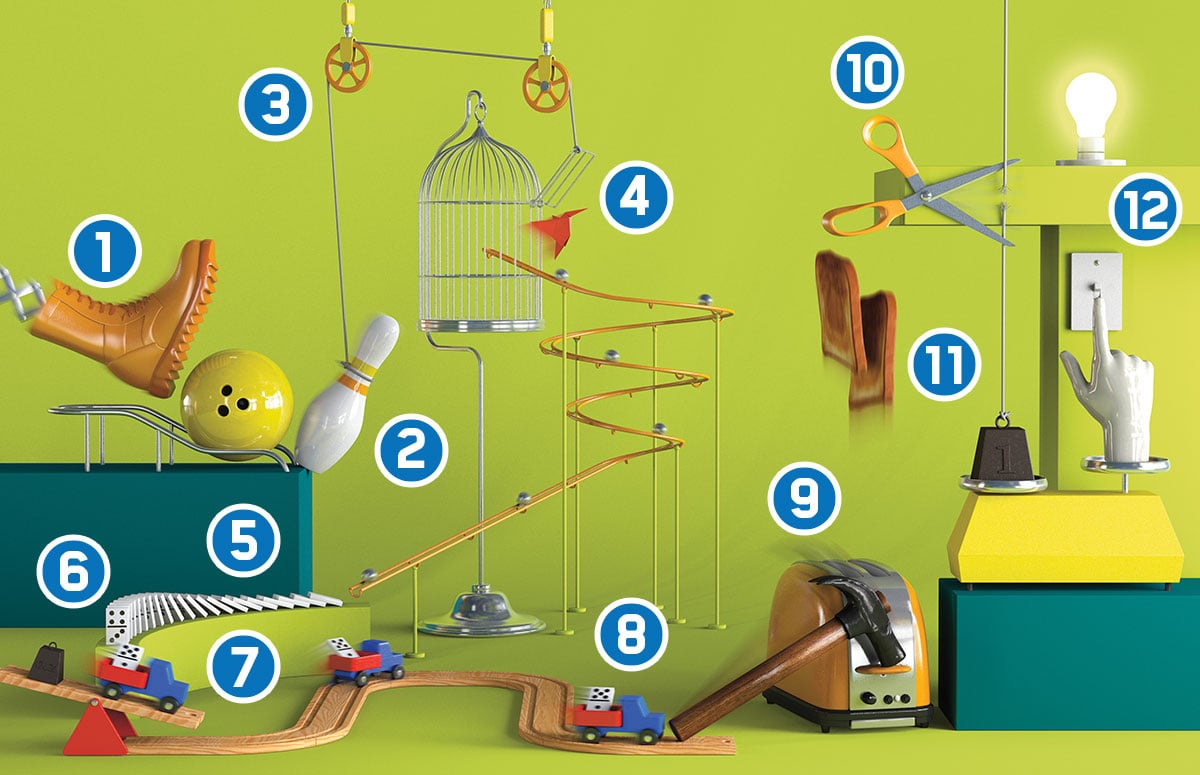How well I met the success criteria:
- I completed my project within the given time limit.
- The dice spins and the result is randomized.
- The motor is powered by a battery and is activated by a switch.
- The product is quite durable and can be used over a long period of time.
- It is also customizable – Can put multiple dice and remove them with relative ease.
How my product works:
- A switch is pressed and it activates a motor that spins a plate that helps roll the dice.
- The battery is chemical potential energy and it is transferred into kinetic energy to spin the motor. It also has some sound and heat energy as its waste energy.
Reflections:
- I am glad I changed the initial design so that the battery is changeable and is flatter (not just a cup shape)
- If I were to improve my product in the future, I would probably 3D print a container or some way to enclose the battery and hide it. (To make it look more polished.) Currently, the battery is just sitting out in the open which is not super appealing.
- I believe that adding the bumps on the plate with hot glue was a good decision, as otherwise, the dice wouldn’t really roll randomly. It would just spin in a circle without changing the surface. I think this was a massive oversight when I was designing my product.
- After I added the bumps, however, the dice roller became super loud due to all the vibrations and bounces in the device. I would try to at least make it a bit quieter as the loud noise is quite annoying once you spin it repeatedly.
- I might change the activation method. Right now it is activated by a switch that you turn on and off. However, it may be wiser for me to make a button that spins the dice only when it is held down. This would make the product more interactive and would save people the hassle of trying to push down the switch.
- The aesthetic of the roller is nice, but it looks very homemade and DIY. If I had more time, I probably would add paint or decorations or some LED lights when the dice roller spins. This could make the product seem more professional or polished.
Impact of my product on the environment and potential client:
- My product could be used in casinos or arcades where a dice roller would be nice to have. It could also be a personal product that people keep at home for board games.
- The product is made from all recycled materials, like spare wood, and plastic bottles that otherwise would’ve gone to waste. It is built with the environment in mind. However, the battery is not the most environmentally sustainable. It could be replaced with other methods of energy but the battery is the most compact and simple method that I had.
















